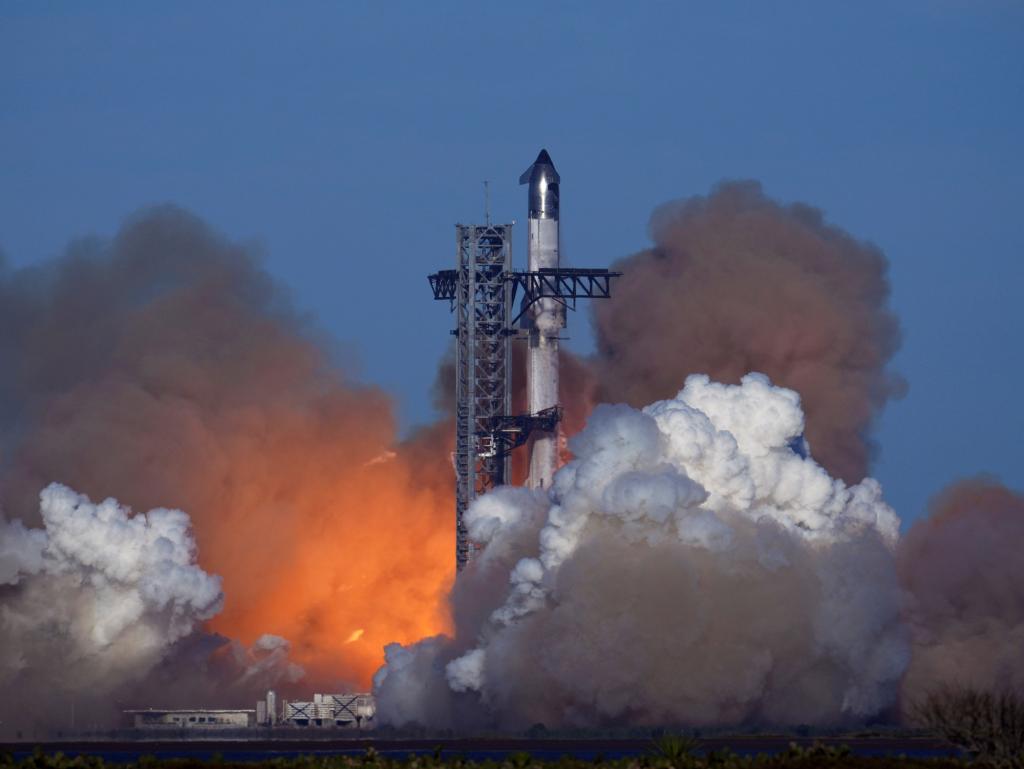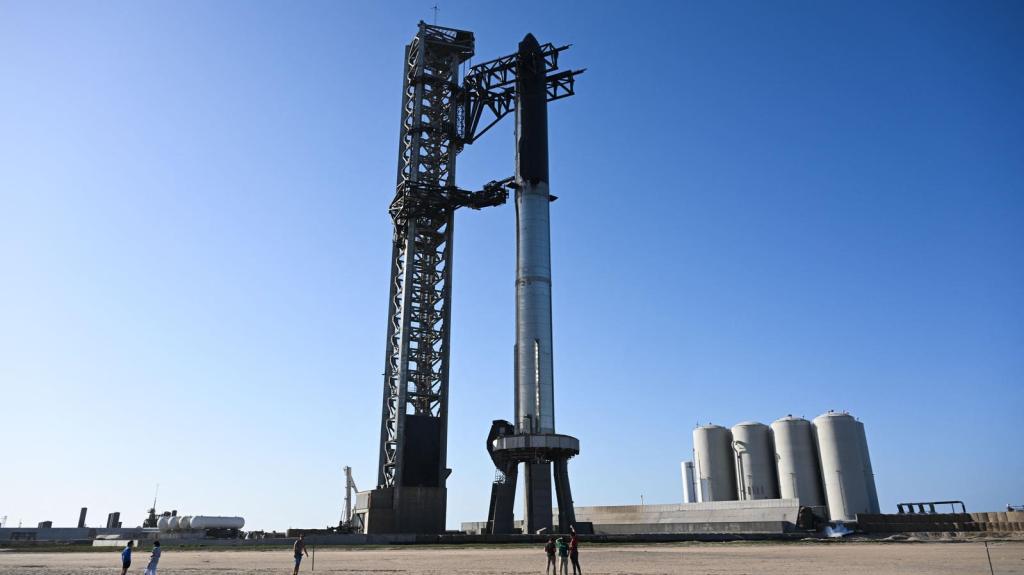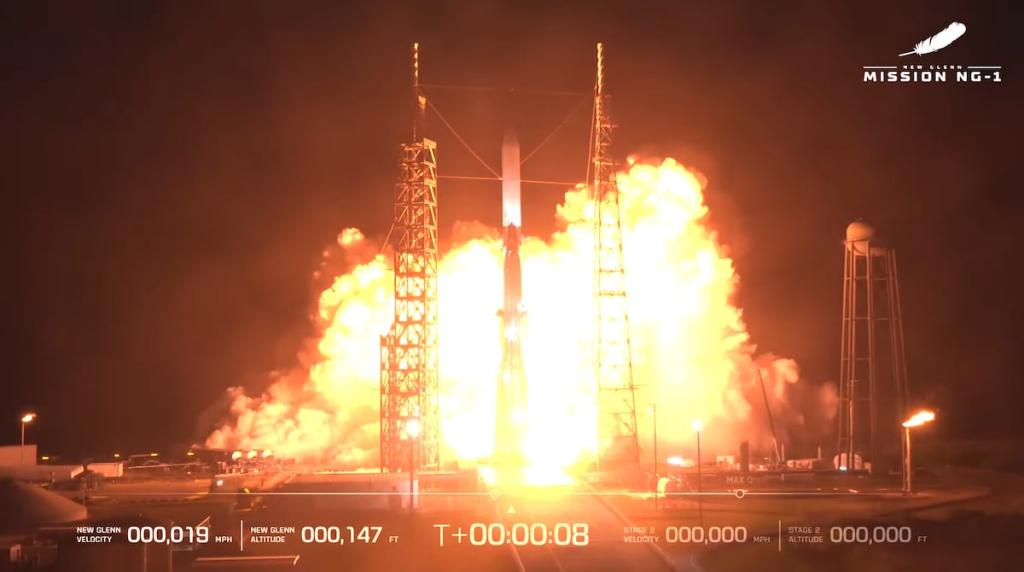NASA's Crew-9 Mission Ensures Astronaut Safety with SpaceX
NASA's Crew-9 mission prioritizes astronaut safety by adapting plans, ensuring a secure return from the ISS aboard SpaceX's Dragon capsule.
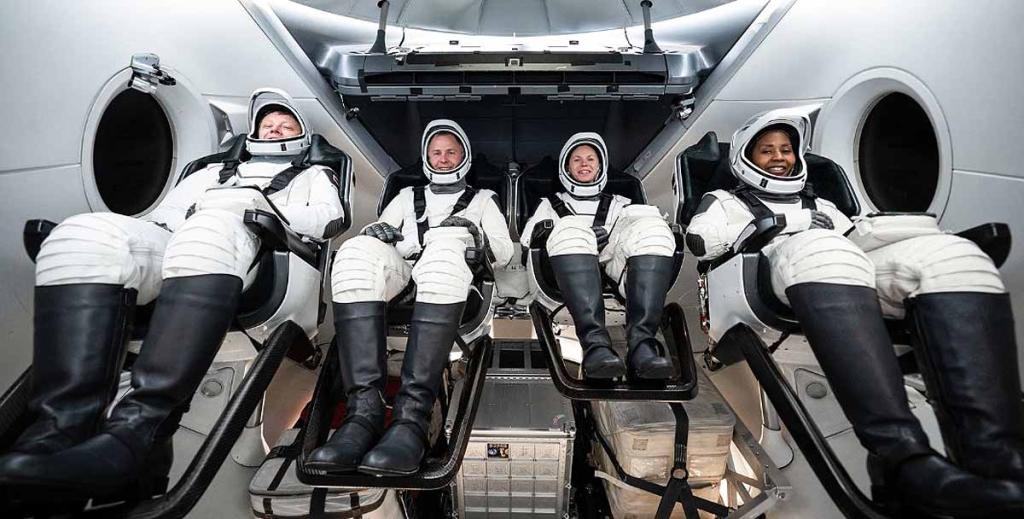
Key Points
- NASA adjusted the Crew-9 mission, reducing the crew to ensure astronaut safety for the return trip from the ISS amid technical challenges with the Starliner
capsule.
- Nick Hague
and Aleksandr Gorbunov will carry out research on the ISS while returning astronauts
Sunita Williamsand
Butch Wilmoresafely via
SpaceX's Dragon capsule.
- The collaboration between NASA and SpaceX demonstrates a commitment to innovation and adaptability in addressing unforeseen challenges in space exploration.
In the ever-evolving landscape of space exploration, safety and adaptability remain paramount. Recently, NASA made a strategic decision that highlights this commitment, adjusting the crew for the upcoming SpaceX Crew-9 mission. With the return of astronauts Sunita Williams and Butch Wilmore from the International Space Station (ISS) delayed due to issues with their
Starliner capsule, NASA found it necessary to revise the Crew-9 lineup to ensure a safe journey home.

Originally slated to include four astronauts, the Crew-9 mission will now proceed with just two: NASA’s Nick Hague and Russian cosmonaut Aleksandr Gorbunov. While the decision to exclude NASA astronauts
and
was a tough one, it was made with the utmost consideration for safety. This decision underscores the importance of rapid adaptability in space missions, especially in the face of unforeseen technical difficulties.
Assessing Risks and Prioritizing Safety
The immediate challenge arose after the Starliner capsule encountered significant thruster and helium leak issues, preventing Williams and Wilmore from returning as scheduled. In light of these complications, NASA determined that the risks associated with sending them back on the malfunctioning Starliner were simply too high. This adjustment illustrates a proactive approach in addressing safety concerns before they escalate into crises.
As we take a closer look at the Crew-9 mission details, it's clear that NASA emphasized rigorous assessments regarding mission execution. The astronauts participating in this mission—Hague and Gorbunov—are not just flying to the ISS; they are also responsible for conducting research and performing critical operational tasks during their stay. This dual focus on immediate safety and ongoing research efforts highlights the nuanced challenges faced by space agencies today.
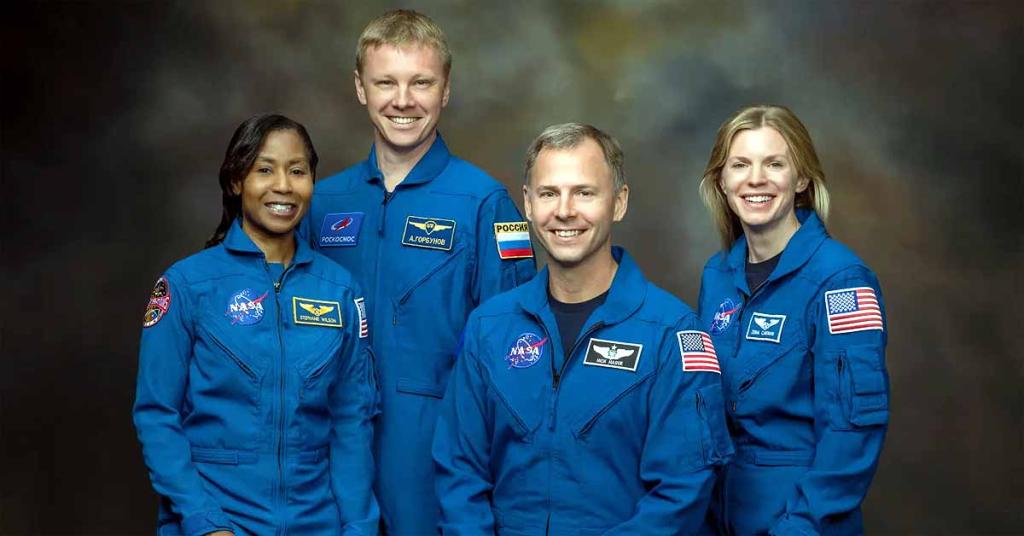
The Role of Innovation and Collaboration
This situation is a testament to how collaboration between NASA and commercial partners, such as SpaceX and Boeing, is essential to modern space exploration. NASA has been integrating private companies into its operations for over a decade, fostering an environment of competition and innovation that ultimately enhances safety protocols and mission reliability.
The upcoming return of Williams and Wilmore via the SpaceX Dragon capsule marks not just a logistical alteration, but also a moment of learning and resilience. Their journey will now be paired with a critical mission to maintain continuous human presence aboard the ISS, a priority that has spanned over two decades. This emphasizes the vital nature of the roles astronauts play in conducting scientific research that benefits life on Earth and beyond.
Looking Ahead: The Future of Space Missions
As preparations continue for the Crew-9 launch in late September, NASA and SpaceX are finalizing the necessary modifications for the Dragon capsule, including seat reconfiguration and custom spacesuits. The seamless execution of these changes demonstrates a commitment to not only managing current challenges but also improving the future of human spaceflight.
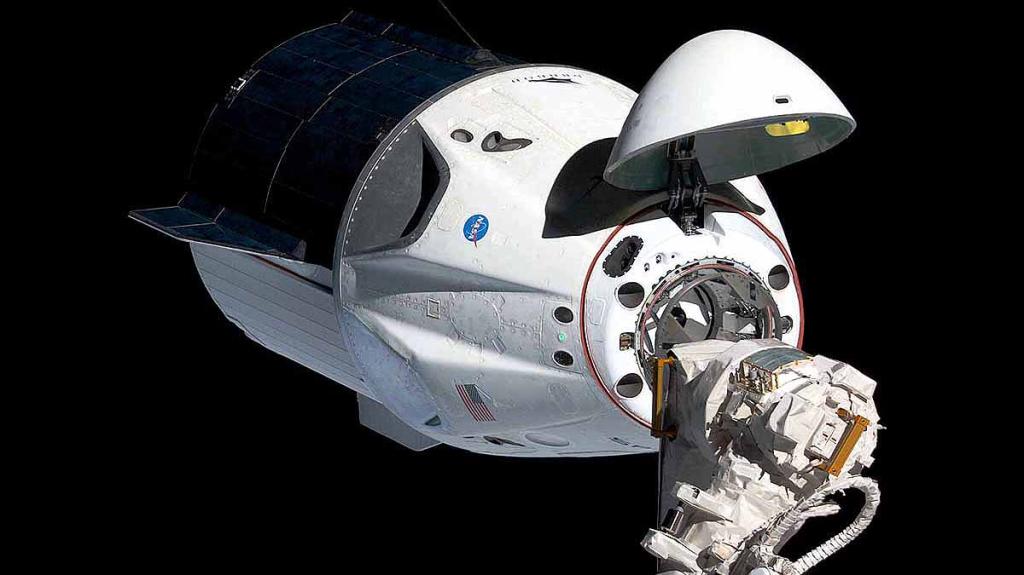
NASA's proactive approach and prioritization of safety amidst operational challenges highlight a robust commitment to innovation and collaboration in space travel. Each adjustment they make today strengthens the framework for future missions, ensuring astronauts can safely continue their pioneering efforts in space.
By emphasizing thorough assessments, innovative solutions, and the adaptive nature required in space exploration, NASA reinforces a forward-thinking ethos that is both commendable and inspirational.
